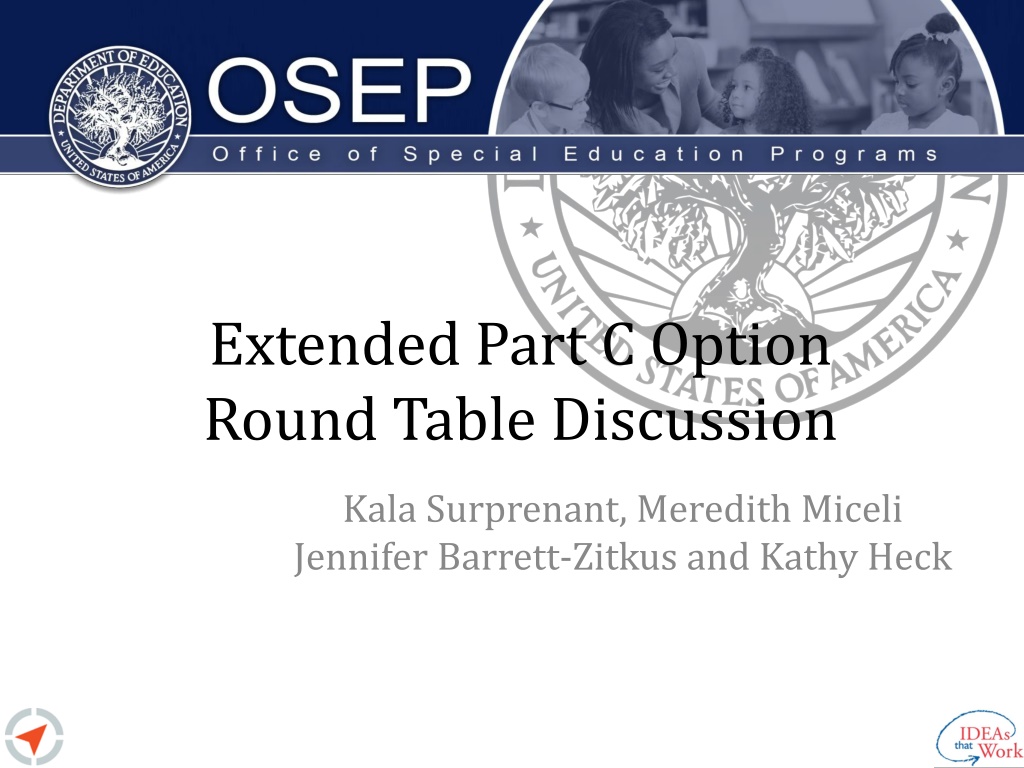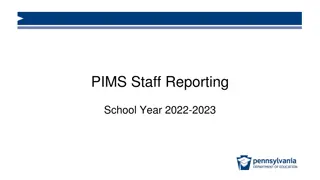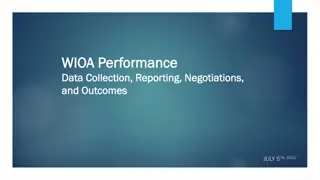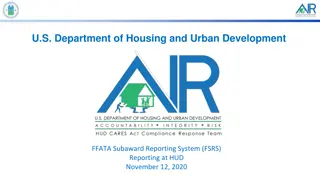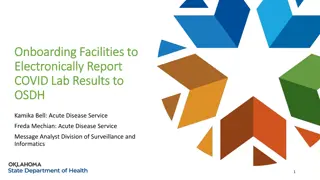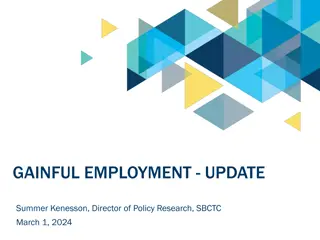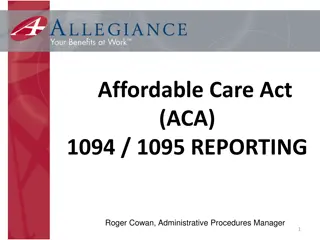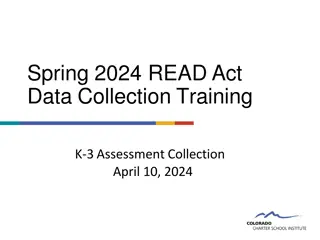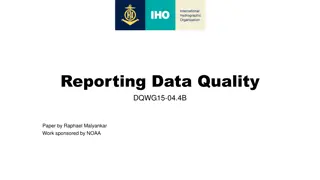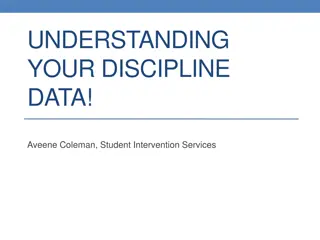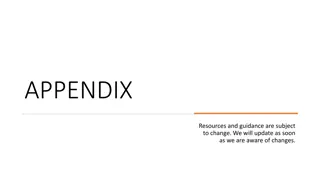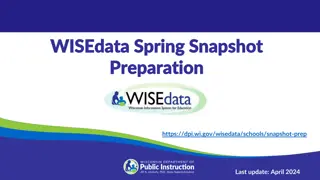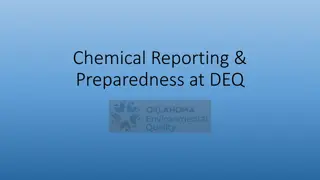Understanding Reporting Requirements in Part C Exiting Data Collection
Explore the guidelines for reporting in the Part C Exiting Data Collection process, including who should be reported, how children in the Extended Part C Option are documented, and the eligibility criteria for different reporting categories. Learn about reporting by race/ethnicity, gender, and reasons for discontinuation of services. Understand the distinctions between Part B eligible and continuing in Part C categories and the specific policies governing reporting in this context.
Download Presentation

Please find below an Image/Link to download the presentation.
The content on the website is provided AS IS for your information and personal use only. It may not be sold, licensed, or shared on other websites without obtaining consent from the author. Download presentation by click this link. If you encounter any issues during the download, it is possible that the publisher has removed the file from their server.
E N D
Presentation Transcript
Extended Part C Option Round Table Discussion Kala Surprenant, Meredith Miceli Jennifer Barrett-Zitkus and Kathy Heck
Extended Part C Option & IDEA Section 618 Part C
Extended Part C Option & IDEA Section 618 Part C Exiting Data Collection
Who Should be Reported in the Part C Exiting Data Collection? Report the number of infants and toddlers with disabilities who, during the 12-month reporting period, either no longer received services under Part C prior to age three or reached age three, and for each child, report by race/ethnicity, gender, and reason that services are no longer received.
How are Children in the Extended Part C Option Reported in the Part C Exiting Data Collection? Under reporting category Part B eligible, continuing in Part C Include all children determined to be eligible for Part B, and whose parents were offered and consented to have their child remain in Part C under 20 USC 1432(5)(B)(ii) and 1435(c).
How are Children in the Extended Part C Option Reported in the Part C Exiting Data Collection? The Part B eligible, continuing in Part C category may ONLY be used by a state whose application for IDEA Part C funds includes a policy under which parents of children with disabilities who were eligible for services under IDEA Section 619 and previously received services under Part C may continue to receive early intervention services under Part C beyond age three.
How are Children in the Extended Part C Option Reported in the Part C Exiting Data Collection? States that do not offer this option under 20 USC 1432(5)(B)(ii) and 1435(c) may NOT report children in this category.
Statutory Requirement to Collect Data on those Continuing in the Extended Part C Option Section 1435(c)(3) (3) Reporting requirement If a statewide system includes a State policy described in paragraph (1), the State shall submit to the Secretary, in the State s report under section 1437(b)(4)(A) of this title, a report on the number and percentage of children with disabilities who are eligible for services under section 1419 of this title but whose parents choose for such children to continue to receive early intervention services under this subchapter.
How are Children Leaving the Extended Part C Option Captured in the Part C Exiting Data Collection? They are not captured in the Part C Exiting data collection. Rationale: Due to a child s age when they leave the extended Part C option, they would not meet the following criteria to be included in this data collection: no longer received services under Part C prior to age three or reached age three
